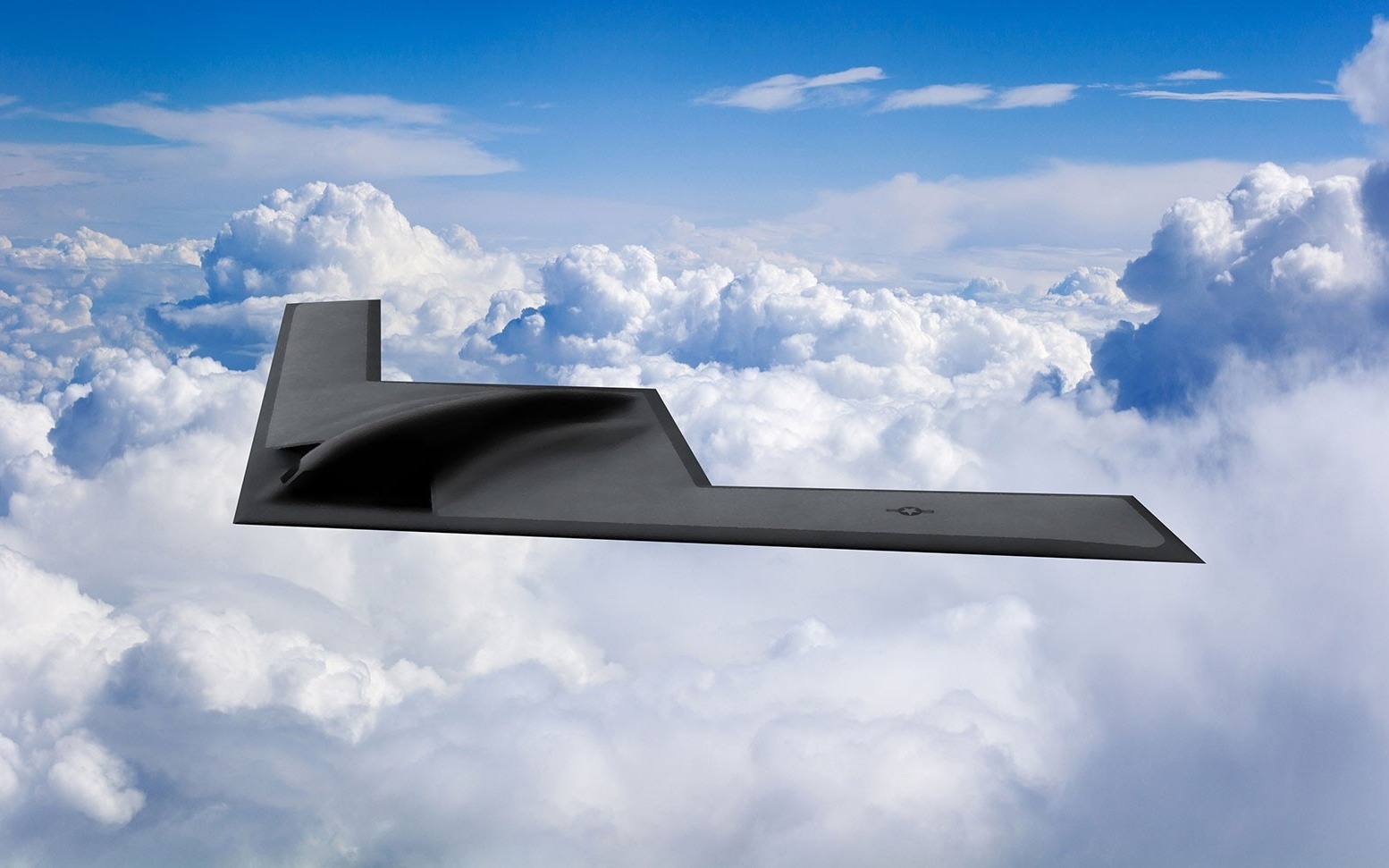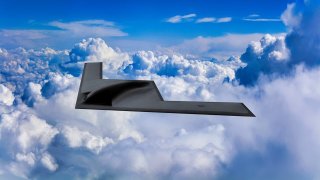The U.S. Air Force Needs 300 B-21 Raider Stealth Bombers
The U.S. Air Force’s new stealth bomber, the B-21 Raider, was unveiled back in 2022. While the Air Force plans to build at least 100 units, experts argue this number is insufficient given current global threats from China, Russia, and Iran.
Summary and Key Points: The U.S. Air Force’s new stealth bomber, the B-21 Raider, back in late 2022. While the Air Force plans to build at least 100 units, experts argue this number is insufficient given current global threats from China, Russia, and Iran.

-Expert Maya Carlin emphasizes that 100 B-21s cannot effectively cover multiple theaters of operations simultaneously. With at least 300 B-21s, the U.S. could better deploy and deter potential conflicts in Europe, the Middle East, and the Indo-Pacific.
-However, issues within America's defense industrial base may hinder the production and deployment of sufficient B-21s, posing a significant risk to national security.
The B-21 Raider Stealth Bomber Drama Show
The U.S. Air Force has the best new stealth bomber on Earth, the B-21 Raider. Unveiled in a rare public event above the skies of Edwards Air Force Base last November, the unique, triangular bird with gray composite skin looked like something from the Halo video game series.
Indeed, the B-21 has many sci-fi-like features and capabilities that lend to the perception that it is the best stealth bomber flying the unfriendly skies.
The Air Force plans to build at least 100 of these bombers. While that is a respectable number, it is not enough, considering the kind and level of threat the United States is currently facing.
As I first wrote in these pages months ago, for the B-21 to have the strategic effect that its designers intend, the Air Force must procure at least 300 units. And they must do so relatively quickly as threats from China, Russia, and Iran intensify.
Maya Carlin analyzed that with only 100 units of the B-21 Raider available (they have not yet been built, mind you), these birds “cannot be everywhere.”
For a mere 100 or so units of the B-21 to have their desired strategic impact, the bulk of them would have to focus on one theater of operations.
Which theater would that be?
The Geopolitical Disorder and the B-21
The world is plagued by three major conflicts. There’s the ongoing Russo-Ukraine War in Europe, the Iran-Israel proxy war in the Middle East, and the rising tensions between China and its neighbors, notably Taiwan, in the Indo-Pacific. Other potential conflicts simmer – don’t forget the possibility that Venezuela could invade neighboring Guyana soon, destabilizing the United States’ already fragile backyard.
Where will the B-21 go? And in the event of a great power war between the United States and Russia or China – wars that would be waged in those countries’ regions – how might the B-21 move around in a contested environment where things like refueling tanker planes are at risk of being destroyed and America’s airfields might be hit in the opening salvos of the conflict?
With at least 300 B-21s, the United States can deploy the Raider to each of these regions and have them on-site, ready to roll, at the drop of the first enemy bomb. What’s more, if America’s rivals know that the United States possesses 300 or more of these birds, they might be deterred from initiating any hostilities at all.
America’s Defense Industrial Base is Broken
Here again, America’s inefficient, byzantine defense bureaucracy meets the country’s sclerotic defense industrial base to yield a truly awful result: The B-21 is America’s next main bomber. And there won’t be enough of them.

The U.S. increasingly looks like France or Britain before the Second World War. It rides high on its legacy as a great military power, but in reality it is a declining power about to be pushed out by far more dynamic rising rivals ready to aggressively challenge its hold on the world system.
The failure to reliably build enough B-21 Raiders is yet another sad symptom of a disease that could soon prove terminal.
About the Author
Brandon J. Weichert, a National Interest national security analyst, is a former Congressional staffer and geopolitical analyst who is a contributor at The Washington Times, the Asia Times, and The-Pipeline. He is the author of Winning Space: How America Remains a Superpower, Biohacked: China’s Race to Control Life, and The Shadow War: Iran’s Quest for Supremacy. His next book, A Disaster of Our Own Making: How the West Lost Ukraine, is due October 22 from Encounter Books. Weichert can be followed via Twitter @WeTheBrandon.
All images are Creative Commons and or Shutterstock.


